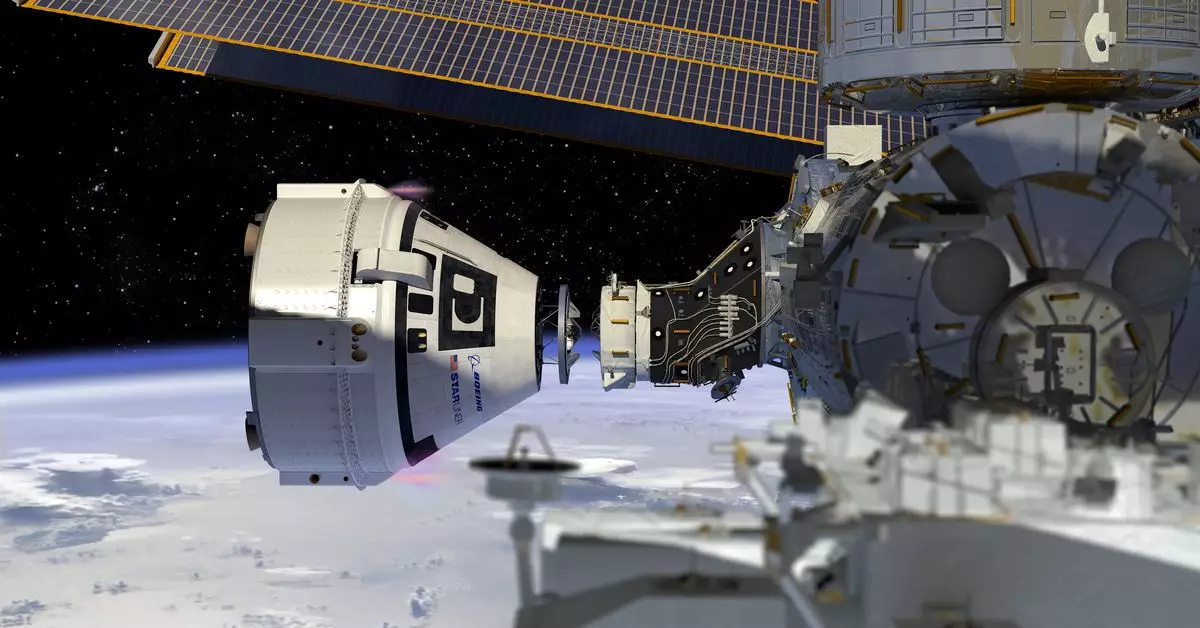NASA’s recent decision to bring back astronauts Sunita Williams and Barry Wilmore with the SpaceX Crew-9 mission in February has raised concerns over the safety of space travel. The initial plan was for the astronauts to spend only eight days aboard the International Space Station (ISS) after a successful launch of Boeing’s Starliner on June 5th. However, thruster failures, helium leaks, and valve issues during the docking process with the ISS forced NASA to reconsider their options.
The uncertainty in predicting the performance of the thrusters of the Starliner was a key factor in the decision-making process. NASA Commercial Crew Program manager Steve Stich mentioned that as more data was collected over the summer, it became clear that there was too much risk involved in keeping the astronauts on board the spacecraft. The potential for thruster failures during critical maneuvers such as undocking and de-orbit burn posed a significant threat to the crew’s safety.
The question of trust in Boeing, the manufacturer of the Starliner, was also brought into the spotlight. NASA Associate Administrator Ken Bowersox acknowledged that there were tense discussions regarding the decision to return the astronauts uncrewed. He emphasized the need for the team to come together and work towards rebuilding trust in Boeing’s capabilities. Stich also mentioned that while Boeing did a great job building a model, there were disagreements in the evaluation of risks, especially when it came to crew safety.
The challenges faced by the Starliner, including thruster failures and helium leaks, highlighted the complexities of space travel and the importance of reliable spacecraft systems. Tests conducted at NASA’s White Sands Test Facility indicated that deformed Teflon seals may have contributed to the thruster failures. The lack of definitive answers regarding the root cause of the issues added to the dilemma of whether to return the astronauts with the Starliner or opt for an early return with SpaceX’s Crew-9 mission.
Despite the setbacks with the Starliner, NASA remains committed to working with Boeing and ensuring the safety of future crewed missions. The decision to bring back the astronauts with the SpaceX Crew-9 mission demonstrates NASA’s trust in SpaceX’s capabilities and reliability. The Crew-9 mission, scheduled to launch in late September, will provide a safe and efficient means of returning the astronauts to Earth after their extended stay aboard the ISS.
The decision to return US astronauts Sunita Williams and Barry Wilmore with the SpaceX Crew-9 mission highlights the challenges and risks associated with space travel. The uncertainties surrounding the performance of the Starliner’s thrusters and the need to prioritize crew safety were key factors in the decision-making process. Moving forward, collaboration between NASA and its commercial partners will be crucial in ensuring the success of future missions to the ISS and beyond.

